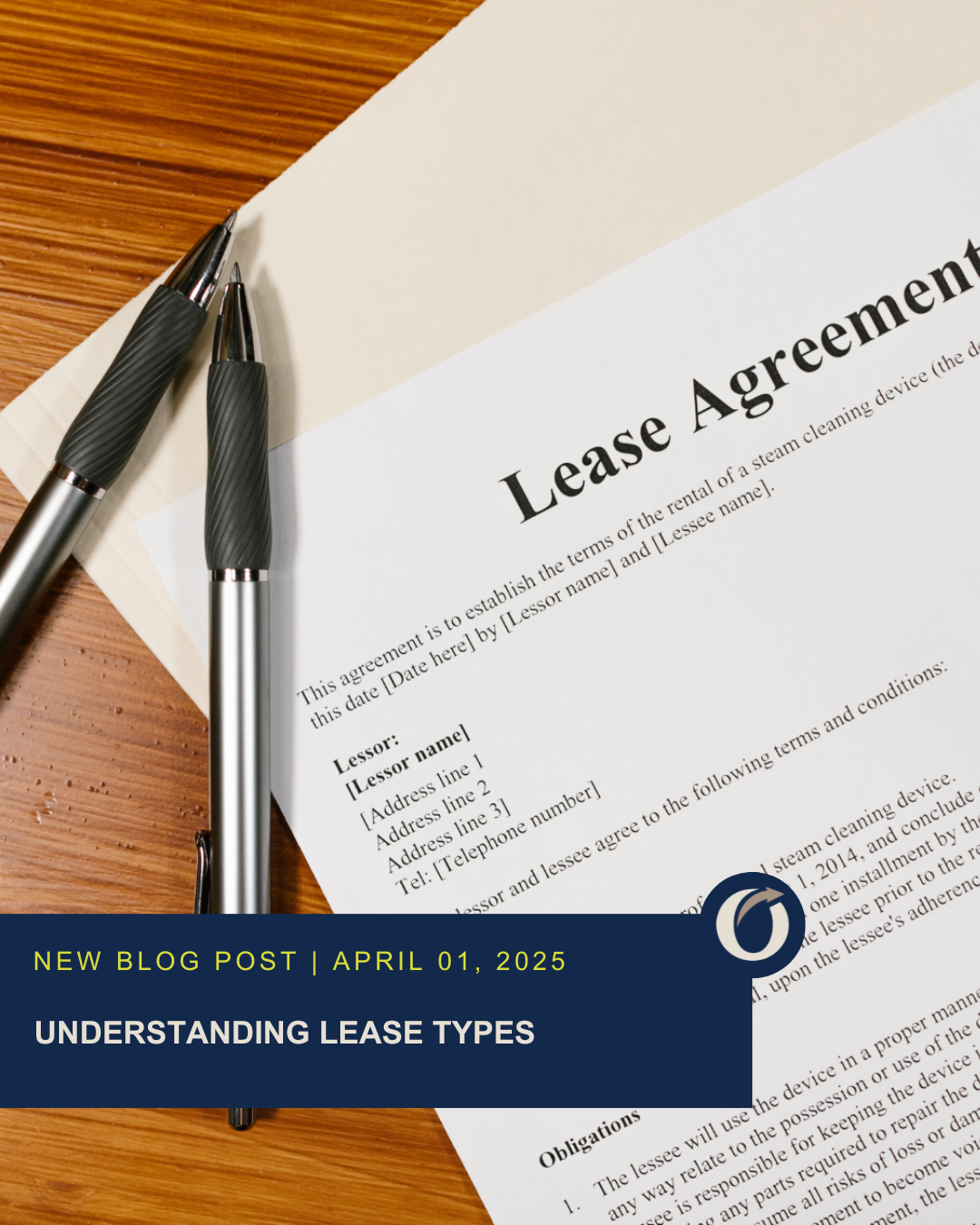Understanding lease types is essential for both landlords and tenants in commercial real estate. The lease structure impacts everything from operating expenses to the tenant-landlord relationship, so choosing the right type is crucial. In this guide, we’ll explore the most common commercial lease types, their benefits, and how to select the best fit for your property. The Onward Real Estate Team at Keller Williams Commercial is here to help you navigate this important decision.
Why Lease Structure Matters
The lease structure defines how expenses like taxes, maintenance, and insurance are divided between landlords and tenants. This division impacts cash flow, tenant satisfaction, and the overall profitability of a commercial property. By understanding lease types, landlords and tenants can create agreements that align with their financial goals and operational needs.
Common Lease Types
1. Gross Lease
A gross lease is a straightforward arrangement where the tenant pays a fixed monthly rent, and the landlord covers all operating expenses, including property taxes, insurance, and maintenance.
- Advantages for Tenants: Simplifies budgeting with predictable costs.
- Advantages for Landlords: Attracts tenants who prefer hassle-free agreements.
While gross leases are easy to manage, landlords should accurately estimate expenses to avoid financial strain.
2. Net Lease
In a net lease, tenants pay a portion or all of the property’s operating expenses in addition to their base rent. There are three main types:
- Single Net Lease (N): Tenant pays property taxes.
- Double Net Lease (NN): Tenant covers property taxes and insurance.
- Triple Net Lease (NNN): Tenant pays taxes, insurance, and maintenance costs.
- Advantages for Tenants: Lower base rent compared to gross leases.
- Advantages for Landlords: Reduces financial responsibility for operating costs.
Triple net leases are particularly popular because they minimize landlord risk while providing tenants with control over expenses.
3. Percentage Lease
A percentage lease is common in retail properties, where tenants pay a base rent plus a percentage of their sales.
- Advantages for Tenants: Lower fixed costs during slower sales periods.
- Advantages for Landlords: Aligns landlord income with tenant success.
This type of lease works well in high-traffic retail areas and encourages landlords to support tenant success through property improvements or marketing efforts.
Choosing the Right Lease Type
When understanding lease types, it’s important to consider factors like property type, market conditions, and tenant preferences. Key considerations include:
- Property Use: Retail spaces often favor percentage leases, while office buildings may lean toward gross or net leases.
- Market Trends: Competitive markets may require more tenant-friendly terms to attract lessees.
- Financial Goals: Landlords seeking stable income may prefer gross leases, while those looking to reduce risk might opt for net leases.
Customizing lease agreements to fit specific property and tenant needs ensures long-term satisfaction for all parties.
Final Thoughts
Understanding lease types is fundamental to creating successful landlord-tenant relationships in commercial real estate. By choosing the right structure, landlords can optimize profitability while meeting tenant needs.
If you’re ready to explore lease options or need help structuring agreements, contact the Onward Real Estate Commercial Team at Keller Williams. Let us help you make informed decisions that benefit your property and business.
